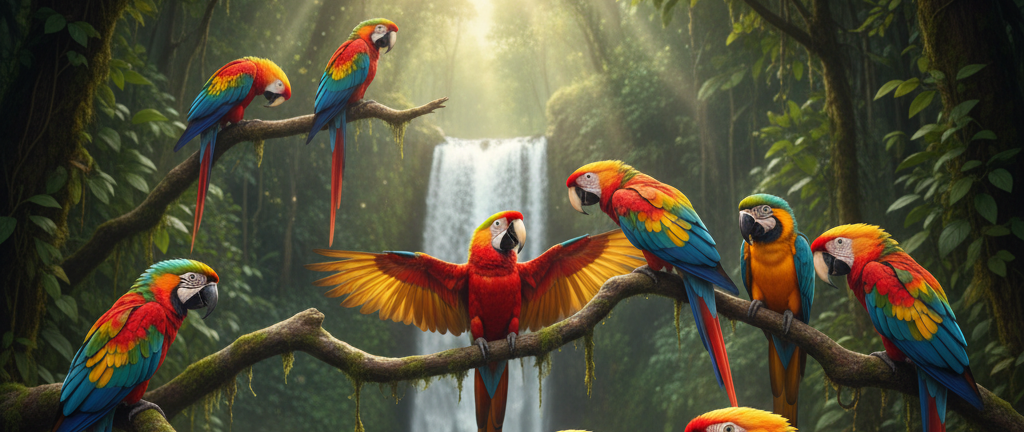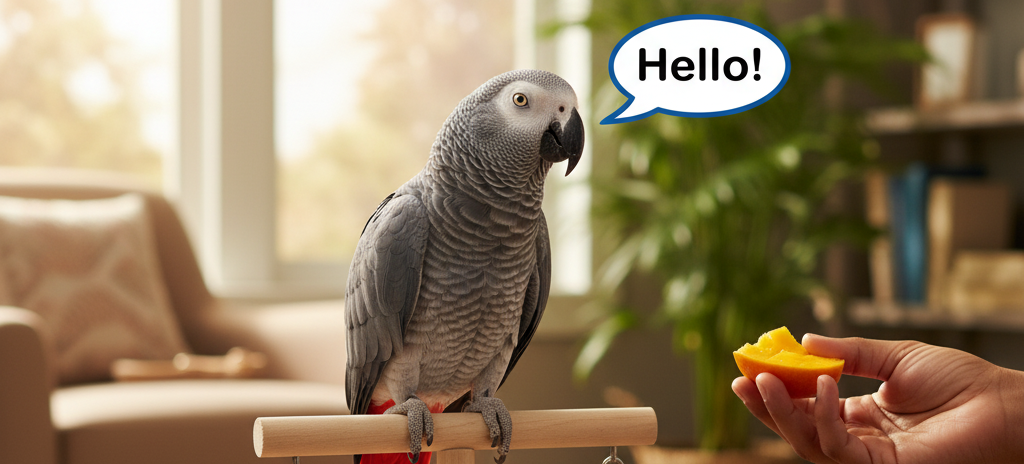Parrots, with their dazzling plumage and remarkable intelligence, are among the most captivating creatures in the pets and animals realm. These vibrant birds, belonging to the order Psittaciformes, encompass over 400 species, including macaws, cockatoos, and African greys, thriving in diverse habitats from tropical rainforests to arid savannas. As cherished pets and fascinating wildlife, parrots bridge the gap between domesticated companions and wild wonders, offering insights into intelligence, social bonds, and the importance of ethical care and conservation.

Evolutionary Marvels and Adaptations
Parrots evolved around 59 million years ago, developing traits suited for survival in dense jungles and open landscapes. Their strong, curved beaks are perfect for cracking nuts and seeds, while zygodactyl feet—two toes forward, two backward—enable agile climbing and grasping. Bright feathers, ranging from the scarlet macaw’s fiery reds to the eclectus parrot’s dimorphic greens and purples, serve as camouflage or mating displays. Their vocal mimicry, a hallmark of species like the African grey, allows communication and environmental adaptation, with some birds mimicking human speech or sounds like phone ringtones with startling accuracy.
Parrots’ cognitive abilities rival those of primates. Studies, like those by Dr. Irene Pepperberg with her African grey, Alex, demonstrate their capacity to understand concepts like “same” and “different,” count up to six, and even express emotions. This intelligence makes them engaging pets but demands significant mental stimulation, as boredom can lead to feather-plucking or aggression.
Social Dynamics and Behavior
In the wild, parrots form tight-knit flocks, often mating for life with partners and maintaining complex social hierarchies. Flocks of up to 100 birds, like those of the red-lored Amazon, coordinate through squawks and body language, sharing food or warning of predators like hawks. As pets, parrots bond deeply with owners, often treating them as flock members, but require hours of interaction daily—neglect can cause stress or behavioral issues.
Their vocalizations, from melodic whistles to raucous screeches, serve as communication or territorial markers. In captivity, training through positive reinforcement, like offering treats for tricks, fosters trust. However, the pet trade raises ethical concerns; many parrots are illegally sourced, and cramped cages in some markets violate welfare standards. Countries like Australia ban wild parrot exports, pushing for captive-bred birds or sanctuaries.

Conservation Challenges and Human Bonds
Parrots face severe threats: habitat loss from deforestation, particularly in the Amazon, endangers species like the Spix’s macaw, now extinct in the wild. The illegal pet trade depletes populations, with an estimated 30% of parrot species threatened or endangered, per the IUCN Red List. Climate change further disrupts food sources and breeding. Conservation efforts, like Brazil’s hyacinth macaw recovery program, focus on habitat restoration and breeding releases, while sanctuaries like World Parrot Trust provide havens for rescued birds.
As pets, parrots demand commitment—some live over 70 years, outlasting owners. Responsible ownership involves spacious enclosures, varied diets (seeds, fruits, vegetables), and enrichment like toys or foraging tasks. Adoption from shelters or ethical breeders reduces trade pressures. For non-owners, supporting conservation or visiting sanctuaries offers meaningful engagement without exploitation.
Parrots in Culture and Research
Parrots hold a vibrant place in culture, from Polynesian myths portraying them as messengers to their roles in modern media like Disney’s Rio. Research into their vocal learning explores parallels with human language acquisition, with AI analyzing calls to decode flock dynamics. For pet enthusiasts, parrots symbolize joy and responsibility, encouraging advocacy for their wild counterparts through organizations like the WWF or symbolic adoptions.
Parrots, whether as companions or wild marvels, remind us of nature’s brilliance and our role in preserving it. Their intelligence and charisma make them enduring ambassadors of the animal kingdom, inspiring awe and ethical stewardship.
This text was generated using a large language model, and select text has been reviewed and moderated for purposes such as readability.
